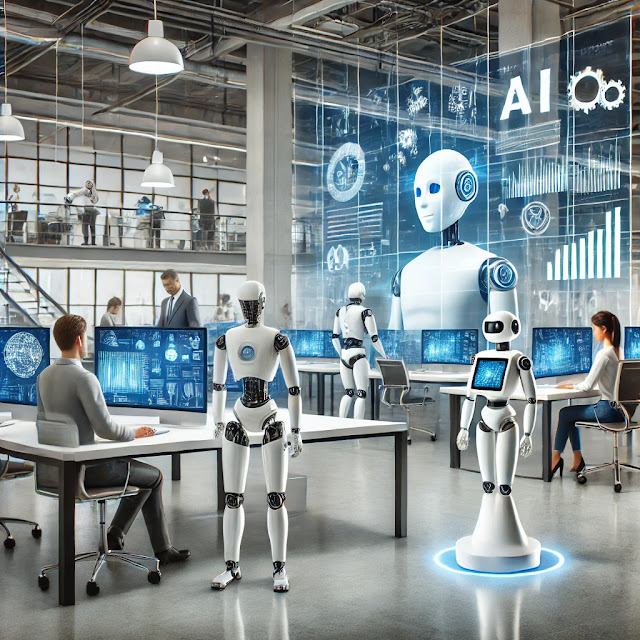Artificial intelligence (AI) is transforming industries throughout the United States, promising greater efficiency and economic growth. However, this technological progress raises serious concerns about employment and income inequality. Will automation open new doors, or will it widen the economic gap?
The Impact on American Jobs
The emergence of automation is not a recent development. From the Industrial Revolution to the digital era, technology has continually altered the labor market. What sets AI apart is that it’s not only replacing manual labor but also affecting cognitive and creative roles. Professions such as legal research, accounting, and even journalism are now facing disruption from AI-driven tools.
Research indicates that automation has already significantly impacted employment and wages.
A study published in the Journal of Political Economy revealed that for every additional robot per 1,000 workers, the employment-to-population ratio fell by 0.2 percentage points, and wages decreased by 0.42%. Additionally, the International Monetary Fund (IMF) estimates that AI could influence nearly 40% of all jobs worldwide, with advanced economies like the U.S. experiencing up to 60% of jobs affected by AI integration. This could lead to a decline in demand for human labor, lower wages, and widespread job loss.
Read More: Tesla insurance subsidy sales
Sectors such as manufacturing, retail, customer service, and transportation are particularly at risk. Self-checkout systems, AI-driven chatbots, and autonomous vehicles are replacing workers at an alarming pace. However, even high-skilled jobs are not safe—AI legal software can analyze contracts more quickly than junior lawyers, and AI diagnostic tools are already surpassing some human doctors in performance.
AI and Income Inequality
The swift rise of AI is exacerbating the wealth gap in America. A study from the National Bureau of Economic Research indicates that automation has been a key factor in U.S. income inequality over the last forty years, contributing to 50% to 70% of wage stagnation since 1980.
The World Economic Forum’s Global Social Mobility Report 2020 reveals that the top 1% of earners in the U.S. experienced a 158% increase in income from 1979 to 2018, while the bottom 90% saw only a 24% rise. This widening gap is driven by automation, which primarily benefits corporate leaders and tech investors, while lower-income workers face displacement. Without proactive measures, AI could further solidify economic divides, leading to a society where wealth is concentrated among those who own and control these technologies.
Read More: Mega Millions jackpot drawing
A Call for Action
The answer isn’t to stop the advancement of AI but to ensure its benefits are shared more fairly.
Policymakers and businesses need to collaborate to:
- Invest in workforce retraining – Education initiatives should emphasize skills that complement AI, such as data science, cybersecurity, and advanced manufacturing.
- Strengthen worker protections – The job losses caused by AI necessitate stronger social safety nets, including unemployment benefits and wage protections.
- Promote fair AI regulations – Government policies should ensure that AI enhances rather than replaces human labor.
The AI revolution brings both challenges and opportunities. If managed wisely, it could foster new industries, boost productivity, and drive economic growth. However, if left unchecked, it risks widening the gap between the wealthy and the working class. The time to take action is now—before AI not only takes jobs but also diminishes economic opportunities for millions of Americans.




.jpg)





0 Comments